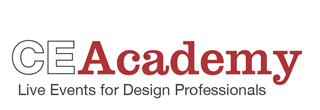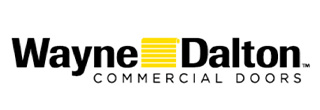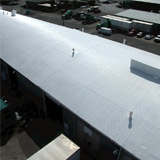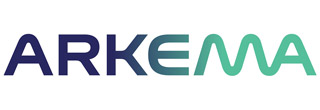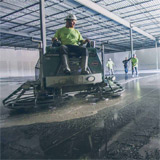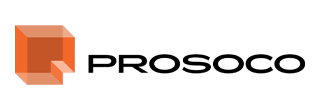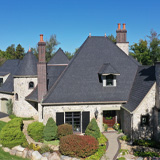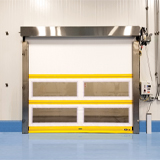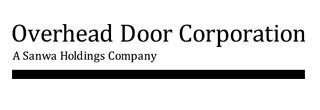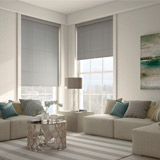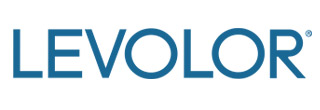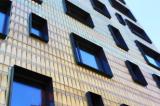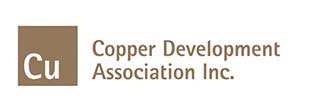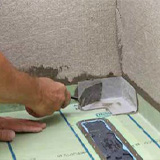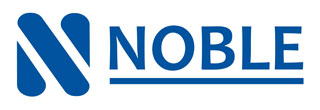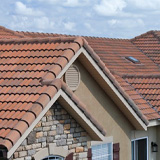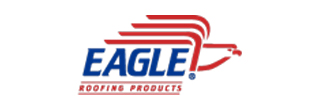JOIN US IN YOUR CITY • REGISTER BELOW • ATTENDANCE REPORTED ON A PER-PRESENTATION BASIS
Columbus, OH - Thursday July 14, 2022

Columbus, OH
Event Date
Thursday July 14, 2022
7:30 am - 5:30 pm
Available Credits
Up to 8 AIA HSW/LU CE Hour(s)
Up to 3 GBCI General Hour
Up to 1 RCEP PDH(s) for Engineers
Up to 1 IDCEC HSW CEU(s)
The Fawcett Center at The Ohio State University
2400 Olentangy River Rd.
Columbus, OH 43210
Columbus, OH 43210
Founded in 1954 by Emmanuel Mullet, Wayne Dalton was built on a dedication to ingenuity and customer service. As our business grew, so did our commitment to expanding our product lines, leading the company to become one of the largest door manufacturers in the United States. Since the beginning, we’ve remained committed to being the garage door partner whose innovation drives dealer productivity and provides industry-leading garage door solutions. In an effort to continue this innovation, Wa...
Event Agenda
Thursday, July 14, 2022
7:30 am
|
|
8:00 am
|
Sponsored By Arkema, Inc. 1 AIA HSW/LU CE Hour(s) Learning Objectives:
|
9:10 am
|
Sponsored By PROSOCO 1 AIA HSW/LU CE Hour(s) Learning Objectives:
|
10:20 am
|
Sponsored By DaVinci Roofscapes 1 AIA HSW/LU CE Hour(s) Learning Objectives:
|
11:20 am
|
Sponsored By Overhead Door Corporation 1 AIA HSW/LU CE Hour(s) 1 RCEP PDH(s) for Engineers Learning Objectives:
|
12:30 pm
|
|
1:00 pm
|
Sponsored By LEVOLOR 1 AIA HSW/LU CE Hour(s) 1 IDCEC HSW CEU(s) Learning Objectives:
|
2:10 pm
|
Sponsored By Copper Development Association 1 AIA HSW/LU CE Hour(s) Learning Objectives:
|
3:20 pm
|
Sponsored By Noble Company 1 AIA HSW/LU CE Hour(s) 1 GBCI General Hour Learning Objectives:
|
4:30 pm
|
Sponsored By Eagle Roofing 1 AIA HSW/LU CE Hour(s) 1 GBCI General Hour Learning Objectives:
|
State CE Requirements
|
Ohio Architects Board (614) 466-2316 Renewal Cycle: Annual Total Hours Required: 12 HSW Renewal Deadline: December 31st |
